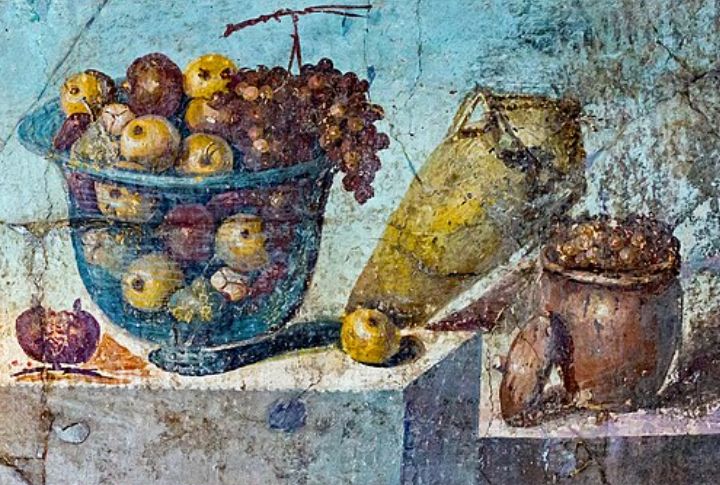
Those stories about endless gluttony could be pure fiction. Real Pompeiians ate normal meals that would feel familiar today. Their preserved pantries bring to light a Mediterranean diet rich in bread, fish sauce, and seasonal produce that sustained an entire civilization. Here are some of the food items that graced their tables.
Bread

When Mount Vesuvius erupted, bakers fled their shops, leaving over 50 loaves baking in a single oven. Pompeii’s roughly 50 bakeries produced bread marked into eight convenient wedges, with one surviving loaf stamped “Property of Celer, Slave of Q. Granius Verus.”
Garum
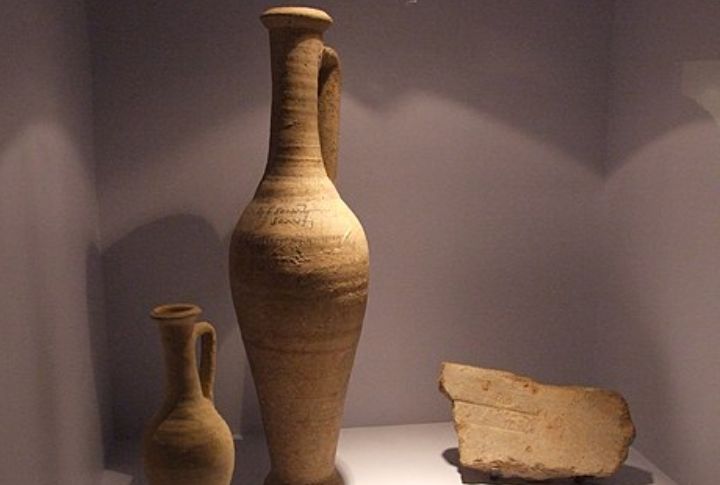
Picture ancient Rome’s most addictive condiment: a pungent fish sauce that took three months to ferment. Everyone slathered this umami-rich liquid on their meals. Made primarily from boop boop fish, garum was so potent that archaeologists still caught whiffs of its smell when opening 2,000-year-old storage vats.
Figs

Sweet, chewy figs dominated this city’s gardens and dinner tables alike. Unlike expensive imported dates from North Africa, these fruits grew abundantly in local soil, appearing across three cities. Residents mostly enjoyed them fresh during harvest season or dried them for winter storage.
Olives
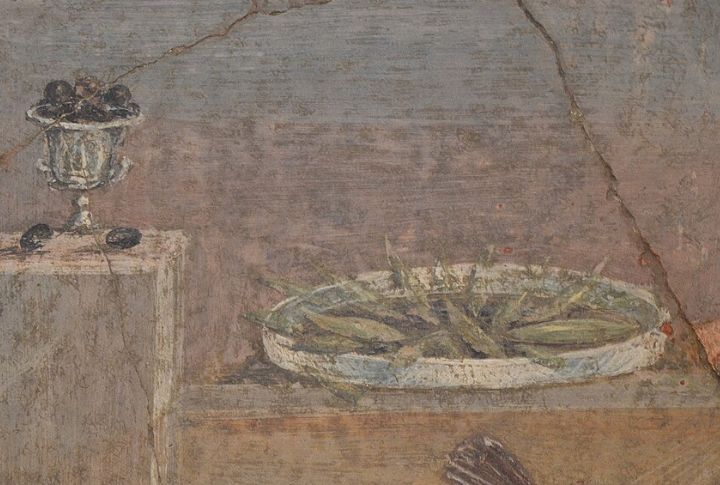
Every social class in Pompeii could afford olives, which were Mediterranean staples. Carbonized olive pits scattered around tell the story of a town obsessed with this versatile fruit. With Pliny documenting over 15 varieties, Romans dipped bread in olive oil and paired olives with cheese.
Lentils
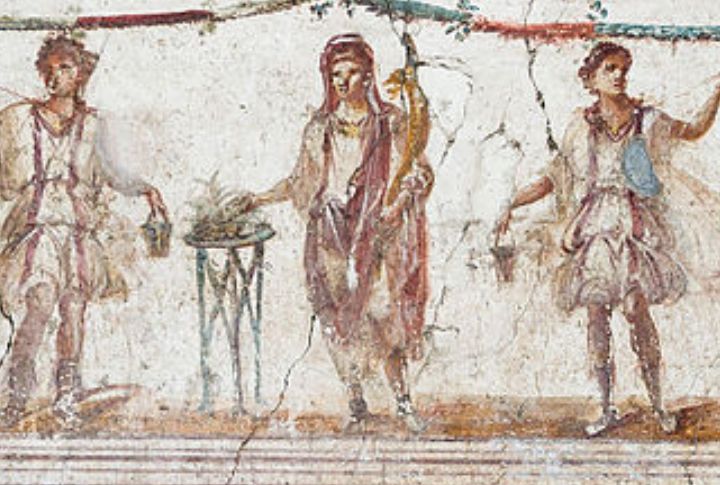
Humble lentils fueled the working class with affordable protein and fiber. These legumes simmered in countless home kitchens and stews at thermopolia, often enhanced with bacon pieces for added flavor. Pre-historic deposits reveal that lentils were a standard part of Roman fare, frequently appearing in food waste.
Eggs

Interestingly, chicken eggs bridged this city’s social divide, as one food that both the rich and the poor could enjoy. Neighborhood drains overflowed with discarded eggshells, while wealthy families elevated eggs into breakfast delicacies, pairing them with cheese and honey.
Duck
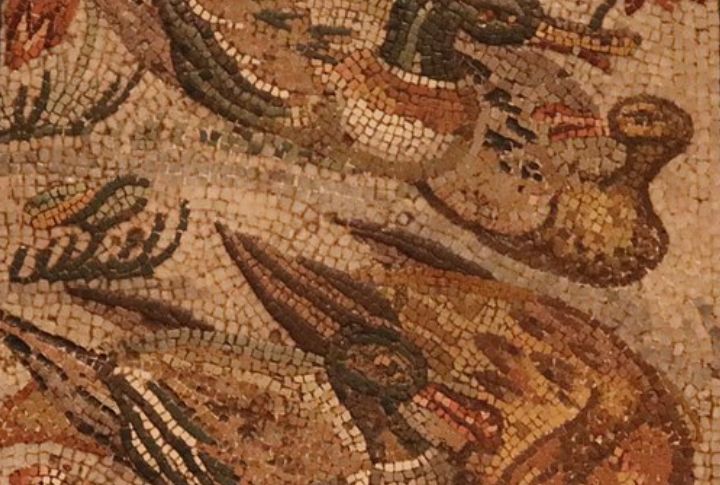
Thermopolia served up duck in elaborate mixed stews alongside goat, pig, and fish. Food counter frescoes used to depict mallard ducks as tempting menu advertisements for hungry customers. Apparently, excavated earthen pots still contained duck bones mixed with cooking vessels and storage jars.
Walnuts
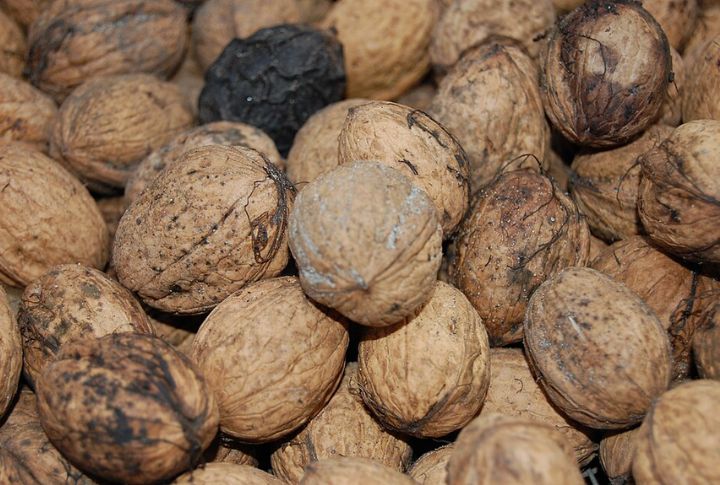
Families stockpiled these nutritious nuts like ancient preppers, storing English and Persian walnuts on household shelves for lean times. Volcanic ash preserved walnut shells in Pompeii, Herculaneum, and Torre Annunziata, underlining their importance in Roman nutrition. They represented smart food planning in an era without refrigeration.
Chickpeas
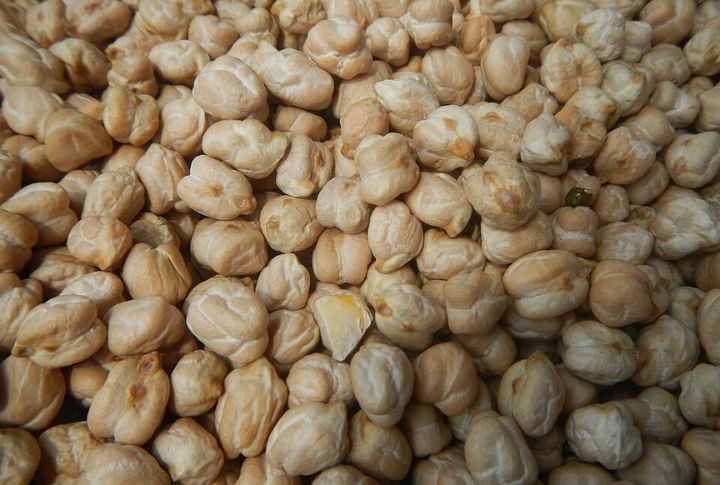
These versatile legumes appeared everywhere from humble home kitchens to upscale dining rooms. Pompeiians cultivated multiple chickpea varieties including venus, ram, and punic types, turning them into hearty broths or crunchy roasted snacks. The famous Roman cookbook Apicius dedicated entire sections to chickpea recipes.
Grapes
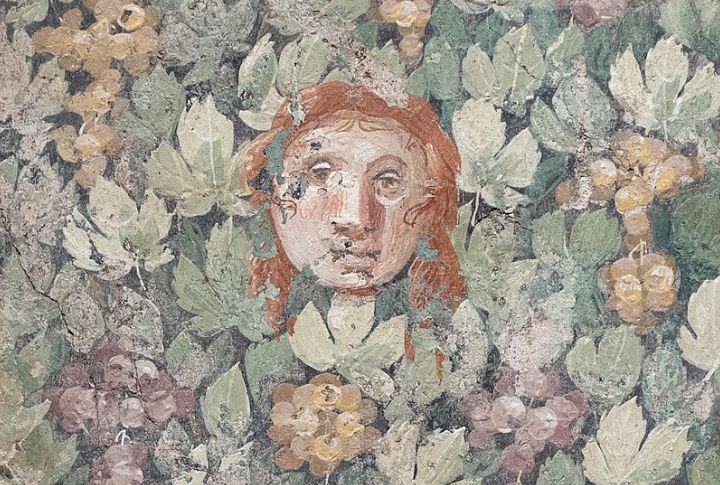
Pompeii’s volcanic soil created perfect conditions for viticulture, making grape cultivation one of the city’s most profitable industries. Locals cultivated distinctive varieties, such as Murgentina and Vennucula, which produced wines. Residents also burned and buried these grapes in courtyard gardens as offerings to household gods.

